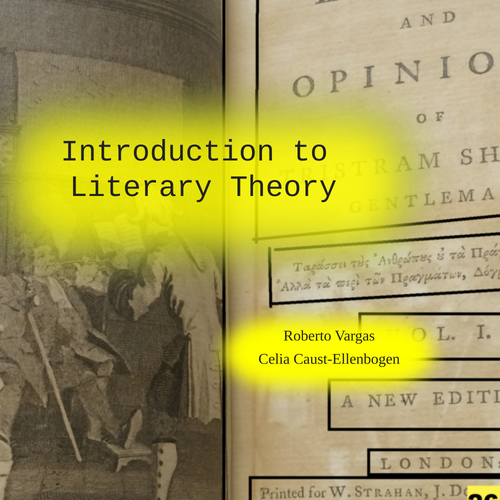30 minutes on... Using Primary Sources
Celia Caust-Ellenbogen
Liaison for teaching with Special Collections
(with a focus on TriCo special collections)
Intro to primary sources & archives
Using the Archives & Manuscripts catalog to find sources at Swarthmore
Archival research tips
Resources for more information
Researchers use primary sources because they provide a firsthand account of events or conditions during a particular period in time.
Many documents used as primary sources were recorded contemporaneously by participants or observers.
What is a primary source? (a definition)
Reflect thinking and understanding at a moment in time
What is a primary source?
(an example)
From individual people and families:
- letters, diaries, scrapbooks / photo albums
- collections of "personal papers"
Organizations create records through the course of doing their work:
• Notes/minutes taken during meetings
• Newsletters, annual reports, other publications
• Photographs taken of speeches or protest marches
You'll hear these records referred to as the archives of the organization.




This information is about the collection overall
This is the contents of the collection. Click on any item to learn more.
Click this button to get all the info you need to request materials
Your turn!
Navigate to the Archives & Manuscripts catalog
Try a keyword and find a collection of interest
Notice what college/library you would visit to see the collection
Prepare for your visit
Do:
- Schedule an appointment
- Request materials in advance
- Talk to the archivist(s)
Don't:
- Bring food or drink
- Bring pens
- Forget to record/photograph citation info!
- Handle materials carefully
- Place folders/materials flat on the table
- Keep folders and pages in order

Swarthmore College Special Collections website
- Learn more about each of our four Special Collections
- Link to our catalogs (yes, plural!)
- Book an appointment
Using Archives and Special Collections (Tri-Co) Research Guide
https://guides.tricolib.brynmawr.edu/using-special-collections
- Link to our catalogs and appointment booker
- Get tips on navigating our catalogs
- Learn archival research skills: how to cite archival materials, read handwriting, evaluate primary sources

*History* Research Guide > Primary Sources
- Find online primary sources
- Find other archives in Philadelphia
- Find other archives in the world

Recap: Archives & Primary Sources
• Primary source documents offer you a unique perspective on the past.
• TriCo Archives & Manuscripts lets you explore what's available at Swarthmore.
• Because you'll be working with rare or one-of-a-kind materials, you'll be asked to handle these sources carefully.
• Archivists and library staff can help you succeed: reach out, talk with us about your project, and ask questions.
30 minutes on Using primary sources
By Swarthmore Reference
30 minutes on Using primary sources
- 699



